Home>Ideas and Tips>Upgrading Your Home’s Air Quality with DIY Solutions


Ideas and Tips
Upgrading Your Home’s Air Quality with DIY Solutions
Published: September 18, 2024
Improve your home's air quality with DIY solutions. Learn tips on ventilation, air purifiers, houseplants, and more for a healthier living space.
(Many of the links in this article redirect to a specific reviewed product. Your purchase of these products through affiliate links helps to generate commission for Storables.com, at no extra cost. Learn more)
Indoor air quality is a critical aspect of maintaining a healthy and comfortable living environment. The air we breathe indoors can be up to five times more polluted than the air outside, posing significant health risks, especially for individuals with respiratory or heart conditions, young children, and older adults. In this article, we will explore various DIY solutions to improve your home's air quality, ensuring you and your family breathe cleaner, healthier air.
Understanding Indoor Air Quality
Indoor air quality is often worse than outdoor air. Pollutants from cooking, human activity, household products, and radon contribute to poor indoor air quality. Cooking, especially with medium to high heat, can release particulate matter (PM2.5) into the air, even with an outside-venting hood. The presence of people, especially in small spaces, can quickly raise carbon dioxide levels, which can be mitigated by opening windows or using ventilation systems. Chemicals from cleaning products, furniture, and other household items can also contribute to indoor air pollution. Radon, a natural radioactive gas that seeps into homes through cracks in the earth, is a significant health risk if not properly mitigated.
Read more: Upgrading Your Bedroom Storage DIY Solutions
DIY Solutions for Improving Indoor Air Quality
1. Enhance Ventilation
One of the simplest and most effective ways to improve indoor air quality is through enhanced ventilation. This involves:
- Opening Windows: Regularly opening windows for at least 15 minutes a day can significantly reduce stagnant indoor air and bring in fresh air.
- Using Fans: Box fans or window fans can help circulate air and remove pollutants. Securing the fan with bungee cords and J hooks can prevent the filter from falling over.
- High CFM Inline Fans: For more industrial solutions, consider using high CFM inline fans with activated carbon filters. These can be particularly effective in areas with high pollutant levels.
2. Utilize Houseplants
Houseplants are natural air purifiers that can help remove toxins from the air. According to NASA's Clean Air Study, certain plants are particularly effective at removing pollutants like benzene, formaldehyde, and trichloroethylene. Some popular houseplants include:
- Spider Plant
- Snake Plant
- Peace Lily
- Dracaena
Place at least one plant per 100 square feet for optimal results.
3. Install Air Filters
Air filters are crucial for removing particulate matter and other pollutants from the air. Consider using High-Efficiency Particulate Air (HEPA) filters, which can capture 99.97% of particles as small as 0.3 microns. Upgrade your filters regularly to maintain their effectiveness.
4. Use Air Purifiers
Air purifiers are designed to remove pollutants like bacteria, mold spores, and pollen from the air. Look for an air cleaner with an appropriately sized Clean Air Delivery Rate (CADR) for your home. These devices can significantly improve indoor air quality, especially in small spaces.
5. Control Allergens
Allergens such as dust mites, pet dander, and mold can exacerbate respiratory issues. To control these allergens:
- Use Mattress Covers: Cover your mattresses with allergen-proof covers to prevent dust mites.
- Vacuum Regularly: Use a vacuum cleaner with a HEPA filter to remove allergens from carpets and upholstery.
- Remove Clutter: Keep your home clutter-free to reduce hiding places for dust mites and other allergens.
6. Reduce Pollutant Sources
Identify and reduce sources of indoor pollutants:
- Avoid Strong Chemicals: Use natural cleaning products or opt for fragrance-free alternatives.
- Choose Non-Toxic Paints: When painting, choose low-VOC paints to minimize chemical emissions.
- Remove Radon: Test your home for radon and take steps to seal any cracks in the foundation to prevent radon from entering your living space.
7. Improve HVAC Systems
Your Heating, Ventilation, and Air Conditioning (HVAC) system plays a crucial role in maintaining indoor air quality. Consider the following:
- Clean Ducts: Regularly clean your air ducts to prevent mold buildup and ensure proper airflow. This can be done as a DIY project if you're comfortable handling mold and debris.
- Upgrade Filters: Use HEPA filters in your HVAC system to capture pollutants.
- Install an ERV: An Energy Recovery Ventilator (ERV) helps exchange stale indoor air with fresh outdoor air while recovering heat energy.
8. Use UV Light
UV light can be effective in reducing airborne pathogens like bacteria and viruses. Consider installing UV light systems in your HVAC system or using portable UV light devices.
Additional Tips
1. Monitor Air Quality
Use air quality monitors to track pollutant levels in your home. These devices can help you identify areas that need improvement and provide data on the effectiveness of your DIY solutions.
2. Invest in Whole-Home Humidifiers
Maintaining a healthy moisture level in your home is crucial for preventing mold growth and reducing static electricity. Whole-home humidifiers attached to the central heating and air conditioning system can regulate humidity levels effectively.
3. Stay Vigilant
Regularly inspect your home for signs of poor air quality, such as musty odors or unexplained respiratory symptoms. If you're not comfortable tackling hazardous materials yourself, consult a licensed professional.
Conclusion
Improving indoor air quality is a multifaceted task that requires a combination of understanding the sources of pollution, implementing effective ventilation strategies, using air filters and purifiers, and reducing pollutant sources. By following these DIY solutions and staying vigilant about maintaining a healthy indoor environment, you can significantly enhance the quality of the air you breathe at home. Remember, clean air is not just a luxury; it's a necessity for maintaining good health and well-being.
By implementing these DIY solutions and staying informed about indoor air quality, you can create a healthier living space for yourself and your family. Remember to always prioritize your health and take proactive steps towards improving the air you breathe indoors.
Was this page helpful?
At Storables.com, we guarantee accurate and reliable information. Our content, validated by Expert Board Contributors, is crafted following stringent Editorial Policies. We're committed to providing you with well-researched, expert-backed insights for all your informational needs.
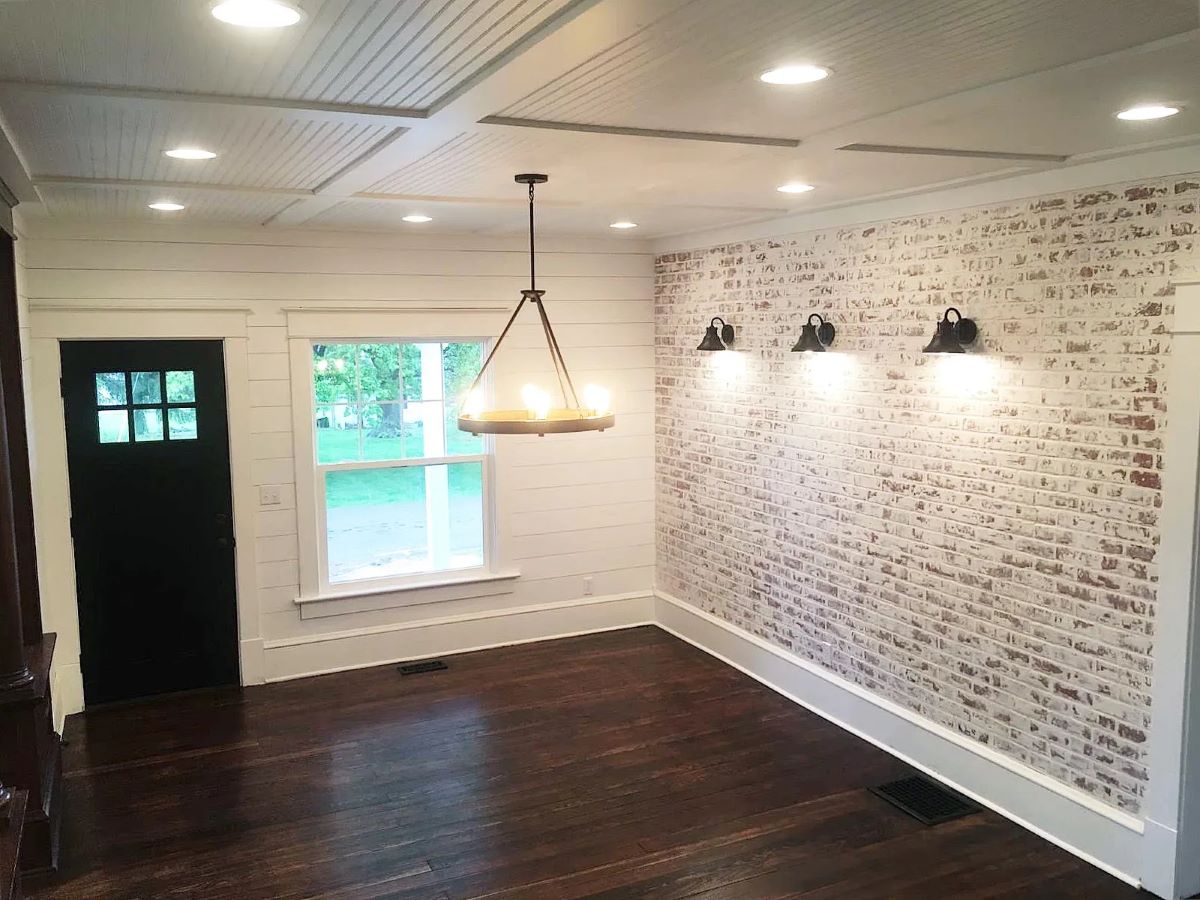
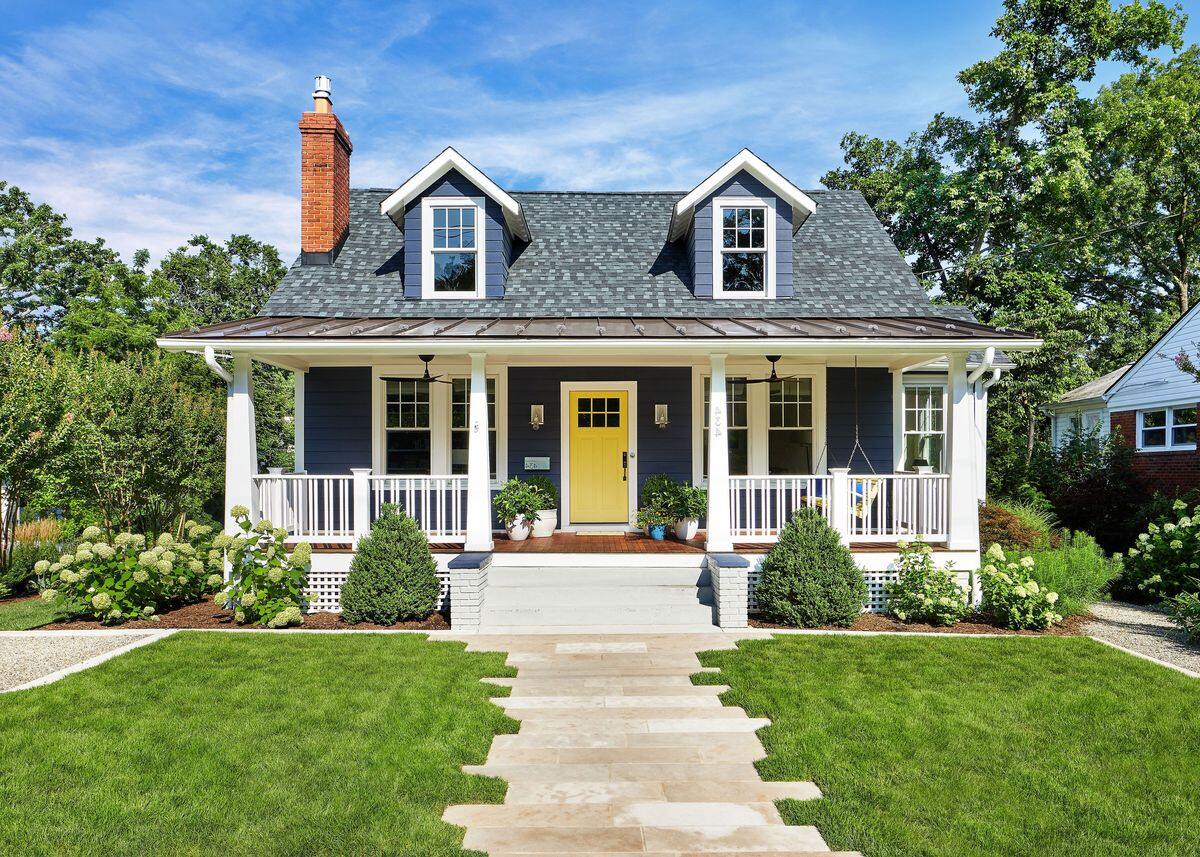

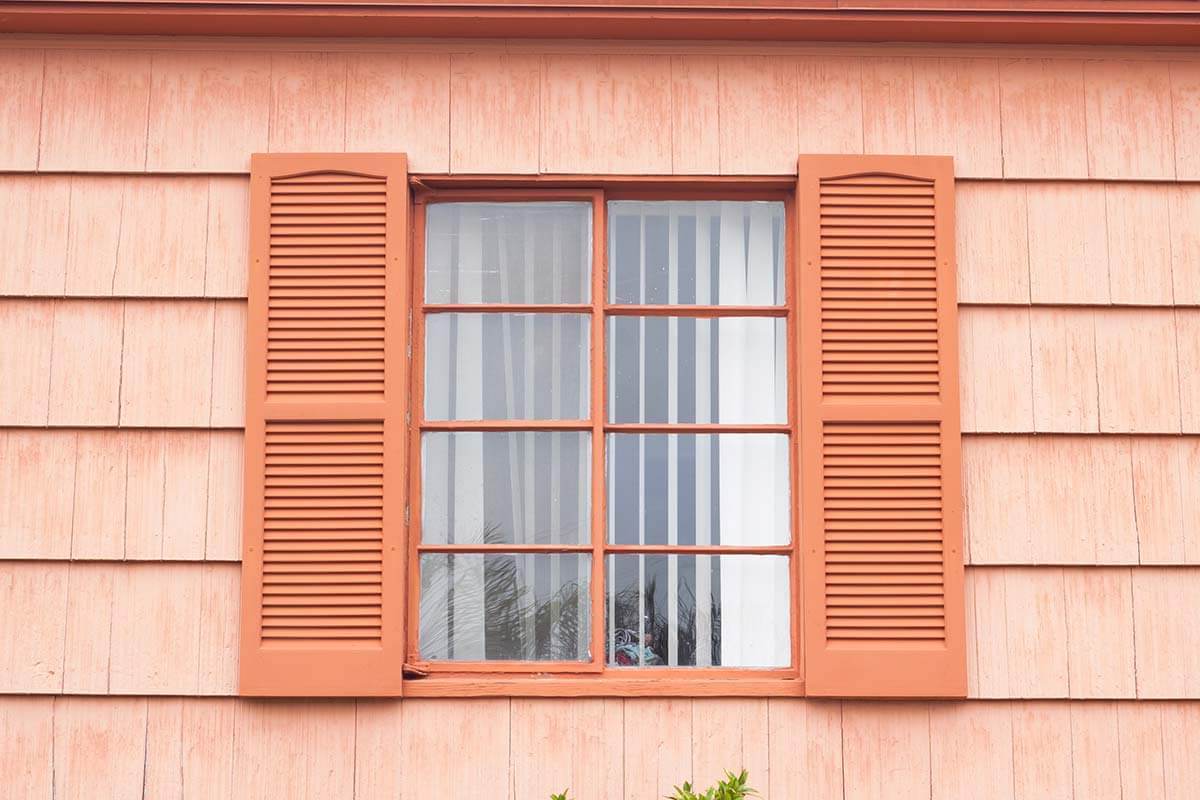
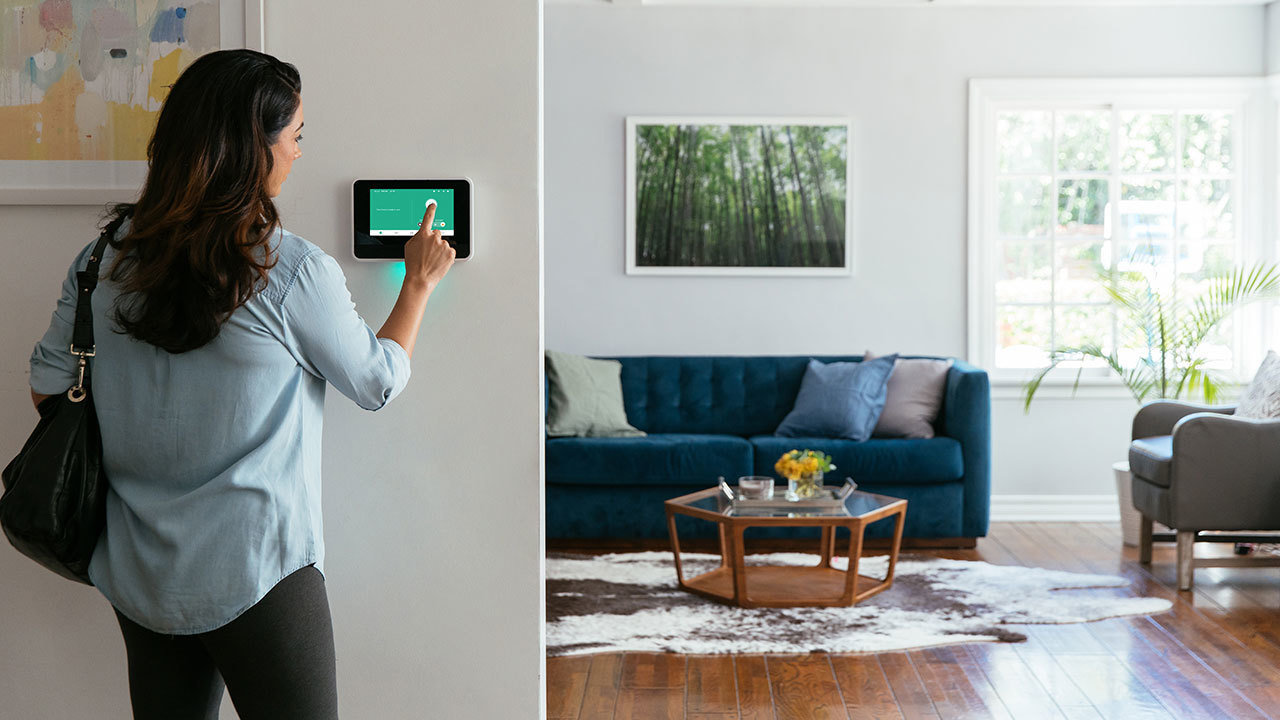

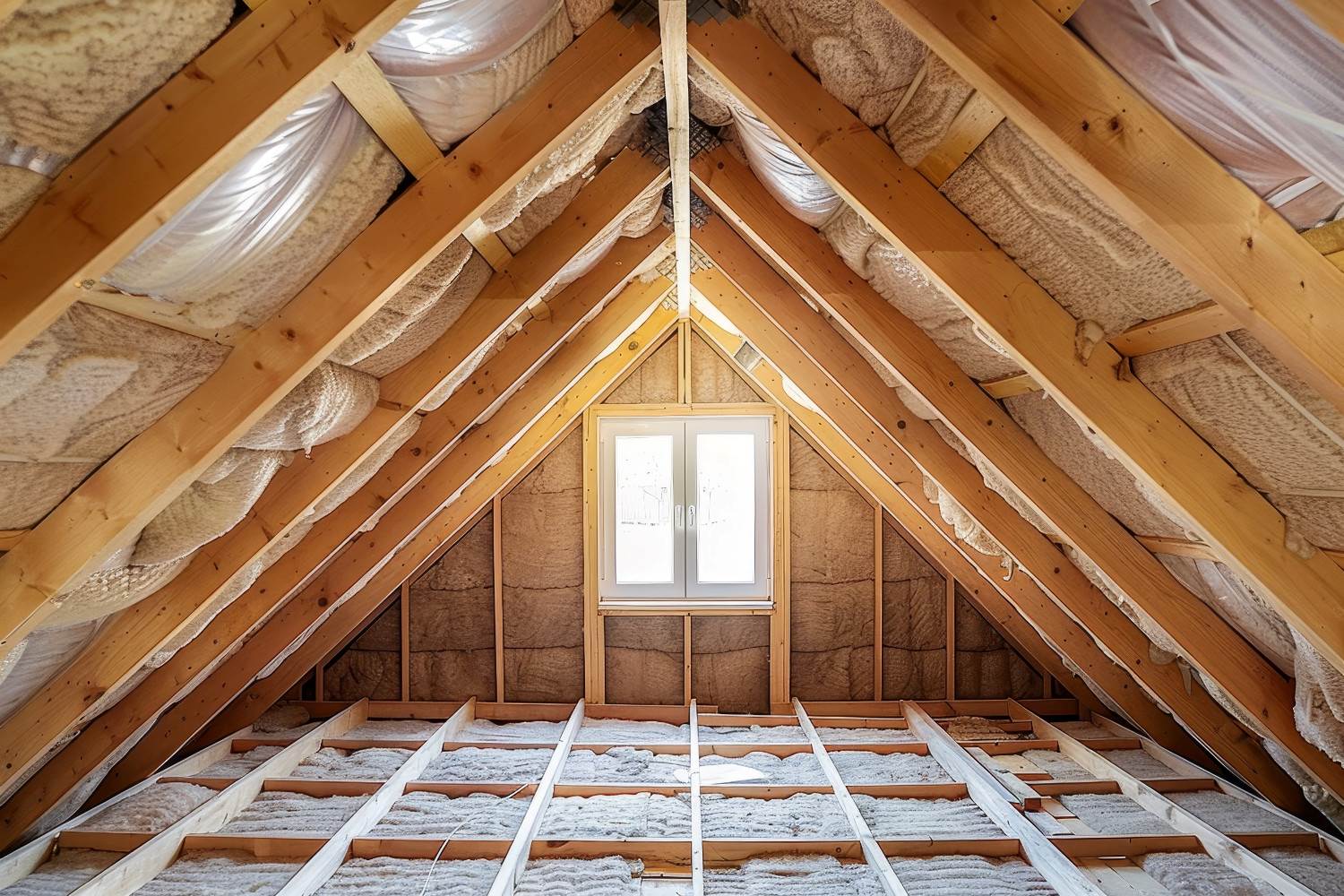
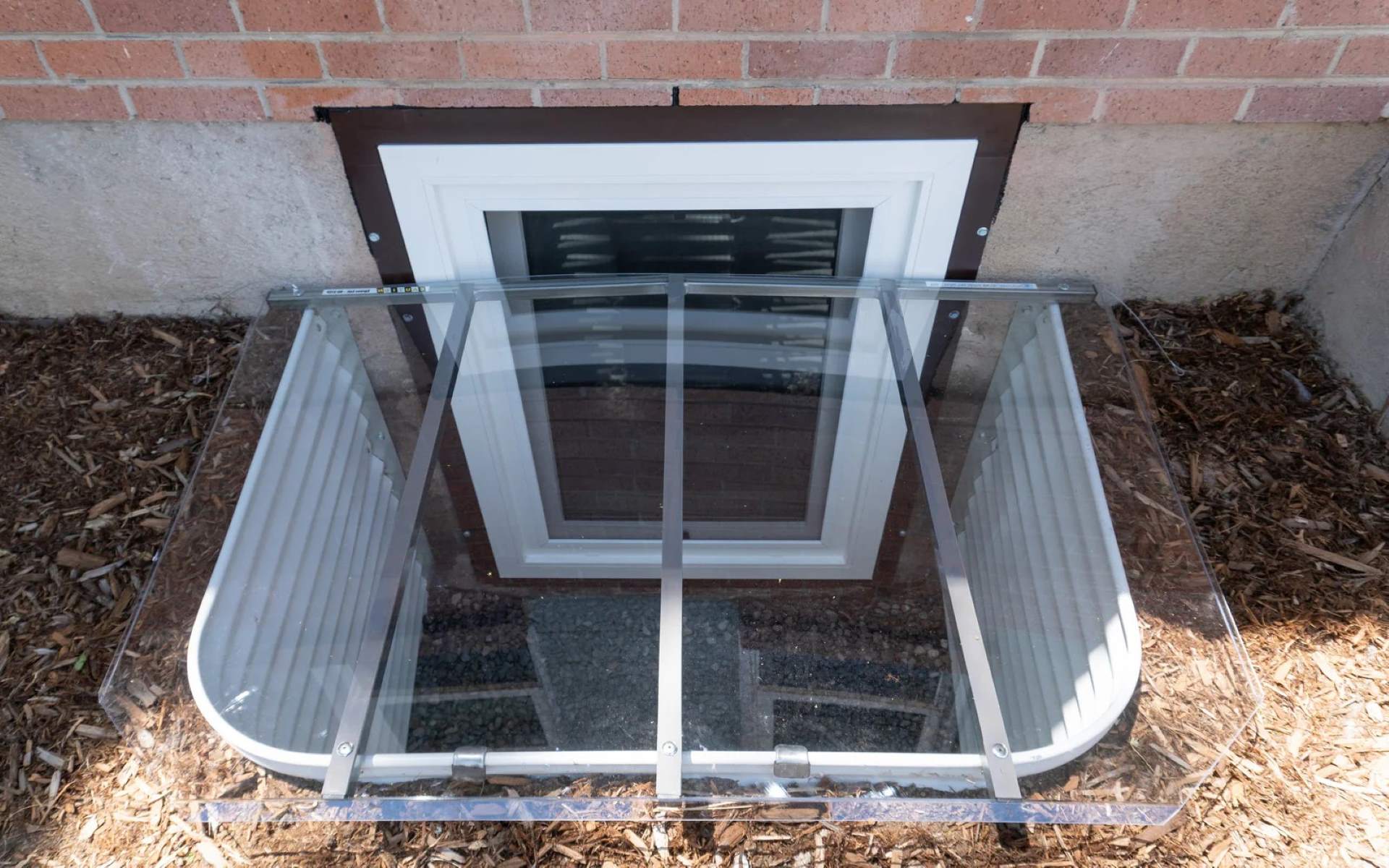


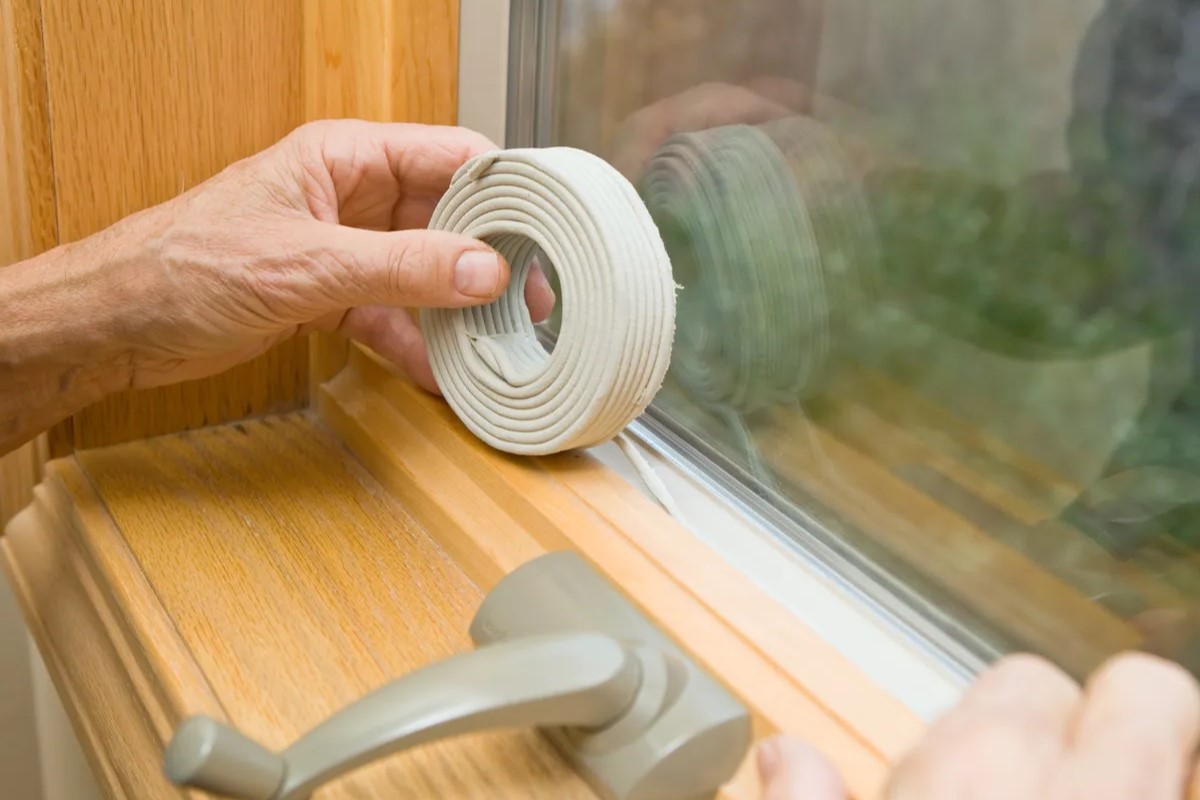
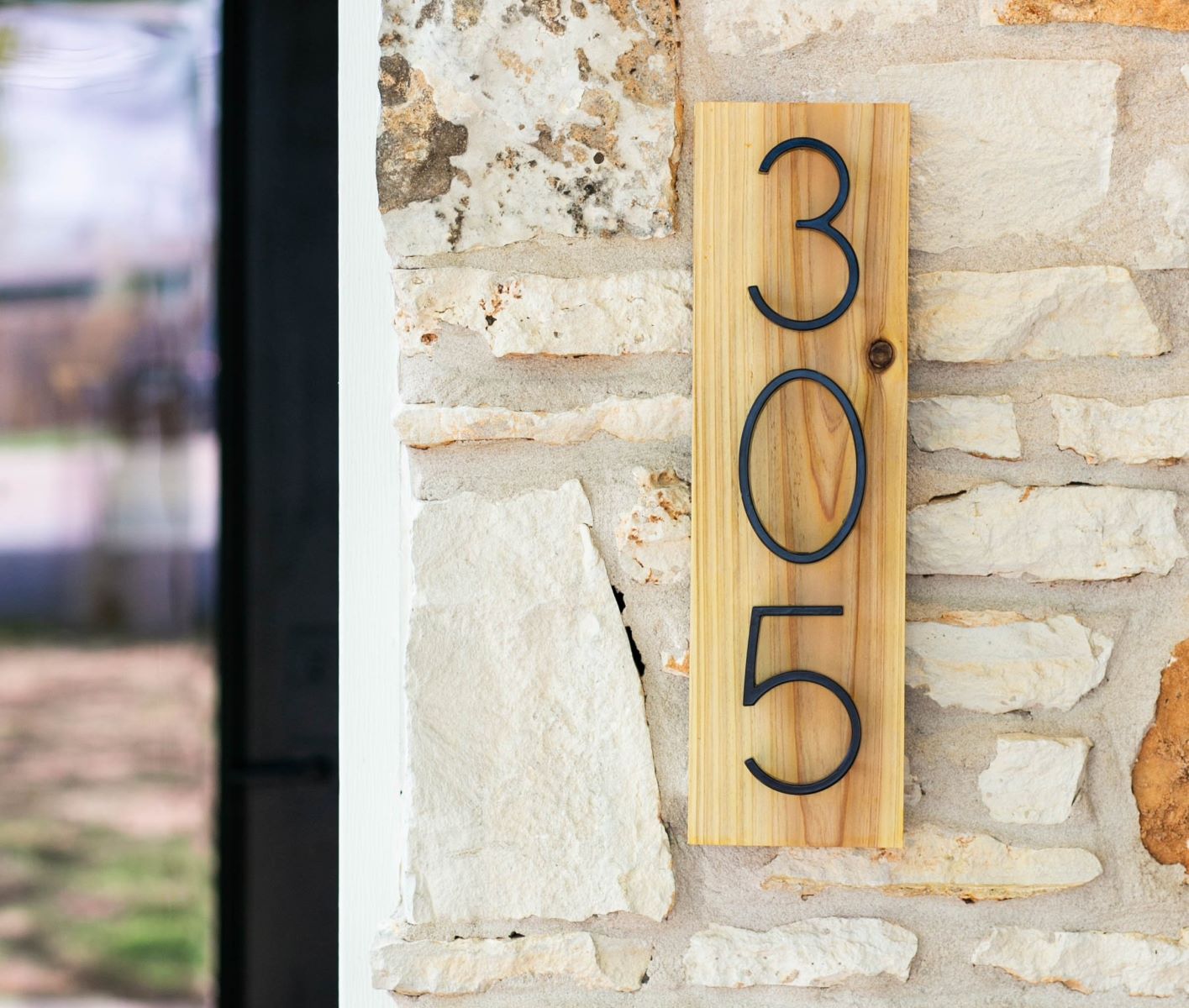

0 thoughts on “Upgrading Your Home’s Air Quality with DIY Solutions”